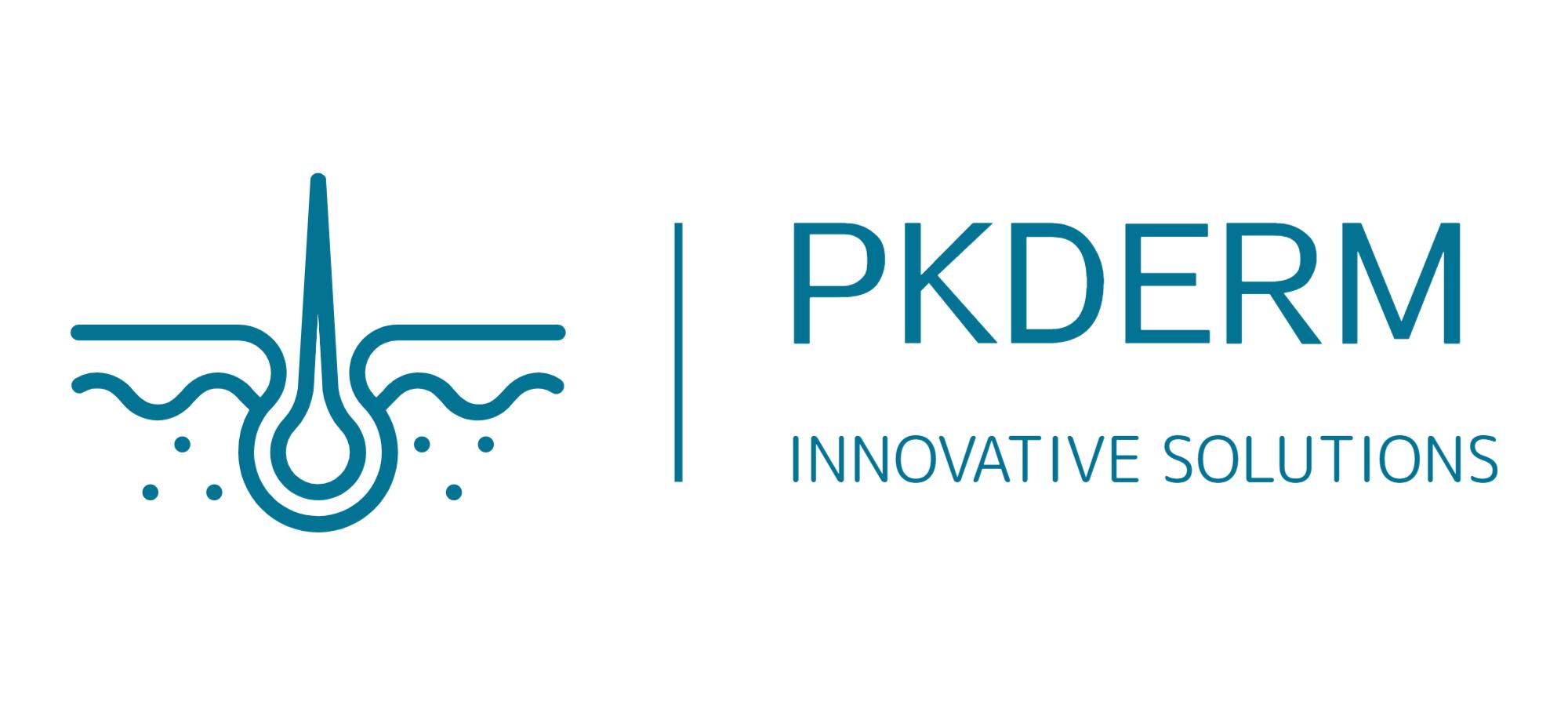
OpenTox Virtual Conference 2021 Session 3
A novel in vitro approach for quantitative assessment of skin sensitizing potency
A suite of New Approach Methods (NAMs), such as in chemico and in vitro methods, have recently gained various levels of regulatory acceptance as viable replacements to traditional animal studies for hazard identification of skin sensitizing chemicals. Despite this apparent progress, identification of hazard only represents an initial step in the toxicological safety assessment process, and once the intrinsic skin sensitizing hazard has been identified, it is essential to also characterize the specific hazard by assessment of relative sensitizing potency, preferably on a continuous scale. To this end, no NAM-based strategy has hitherto proven sufficiently reliable for providing such potency information.
This presentation will introduce a novel approach for the assessment of relative skin sensitizing potency on a continuous scale. The proposed approach is based on the protocols of the GARDskin assay (OECD TGP 4.106), which was initially developed for hazard identification of skin sensitizing chemicals and utilizes the readout of a genomic biomarker signature in combination with machine learning to arrive at mechanistically based classifications. For the purpose of deriving potency information, the herein proposed testing strategy analyses dose-response relationships in the GARDskin assay to identify chemical-specific concentrations that are sufficient to induce positive responses in the assay.
A description of the establishment of the protocols for this novel assay referred to as the GARDskin Dose-Response assay, and the evaluation of an initial dataset of well-characterized skin sensitizers will be presented. Results demonstrate that induction of toxicity pathways in GARDskin Dose-Response appears to be highly dose-dependent, and the lowest concentration required to induce a positive classification in the assay correlates strongly and significantly with both LLNA EC3 and human NOEL values. Case studies will be used to demonstrate how the established protocol can be used to derive potency information.
CV: Andy Forreryd holds a Master of Science in molecular biotechnology from the Faculty of Engineering LTH at Lund University and a Doctor of philosophy in Immunotechnology from Lund University. He has many years of experience working within vitro assay development, genomics, and machine learning and is the author and co-author of multiple peer-reviewed articles on the topics of skin and respiratory sensitization. Andy is currently employed by SenzaGen as a Scientific Liaison Manager. He is co-developer of the GARD® platform for the assessment of chemical sensitizers and the inventor of two patents related to the technology.


